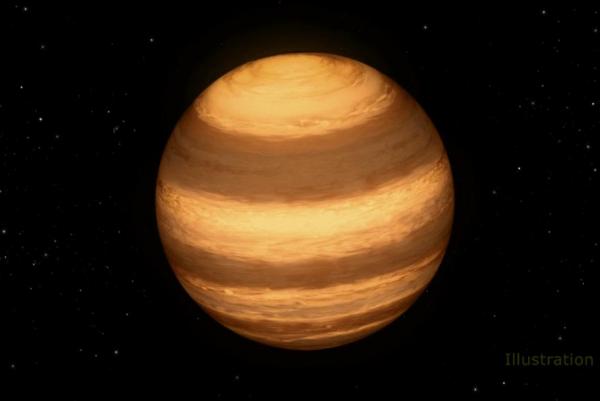NEWARK, Del., Dec. 10 (UPI) — A stellar storm resembling Jupiter’s Giant Red Spot has been discovered on an L-dwarf star called W1906+40. The star and storm were imaged by NASA’s Spitzer and Kepler telescopes.
Scientists have been watching the star since 2011. Initially, scientists thought the dark splotch was a something akin to a sunspot, but follow-up observations revealed it to be a continuously active storm.
The latest findings are detailed in a new study, published this week in The Astrophysical Journal.
“We know this newfound storm has lasted at least two years, and probably longer,” lead study author John Gizis, an astronomer at the University of Delaware, said in a press release.
With a temperature of 3,500 degrees Fahrenheit, W1906+40 is considered a star. But not all L-dwarfs are. All L-dwarfs are relatively cool, as stellar temperatures go, but some aren’t even hot enough to host atomic fusion and give off light. These “failed stars” are called brown dwarfs.
Spitzer specializes in imaging L-dwarfs, which are cool enough to host clouds in their atmospheres.
“The L-dwarf’s clouds are made of tiny minerals,” said Gizis.
Previous observations have showed evidence of stellar storms, but nothing lasting too long. The new study reveals the presence of a storm that continuously spins across its host star, completing an orbit every nine hours.
Depending on what type of wavelength Spitzer focuses on the storm can appear differently, but scientists say a trip to the star would reveal a big black dot circling about its north pole.
“We don’t know if this kind of star storm is unique or common, and we don’t why it persists for so long,” said Gizis.
But astronomers hope to learn more as they use Spitzer and Kepler to discover and analyze other stellar storms.







